Have you ever found yourself strangely drawn to Buddhist statues but unsure how to enjoy or understand them?
These statues are not just sacred objects — they’re gateways to serenity, history, and culture.
In this article, we’ll explore the reasons why so many people are captivated by Buddhist statues and introduce seven easy and enriching ways to enjoy them.
Let’s step into the deep and peaceful world of Buddhist art and meaning.
Why So Many People Are Getting Into Buddhist Statues
A Calming Presence That Soothes the Mind
There’s something undeniably peaceful about standing in front of a Buddha statue. Its serene expression and quiet aura provide comfort and calm — especially in times of stress or uncertainty. For many, the presence of a Buddhist statue offers a deep sense of reassurance.
Artistic Beauty and Masterful Craftsmanship
Buddhist statues are also works of art. From intricate carvings to elegant forms and detailed decorations, each piece reflects the incredible skill of its creator. Observing their style and technique across different periods and regions reveals fascinating cultural diversity.
A Gateway to History and Culture
Studying Buddhist statues is a meaningful way to connect with history, culture, and Buddhist philosophy. Each statue has a story behind it — learning those stories brings depth and context to what you see. It’s an intellectual journey through ancient beliefs and traditions.
Basics You Should Know to Better Appreciate Buddhist Statues
Types of Statues: Tathagata, Bodhisattva, Wisdom Kings, and Heavenly Beings
Buddhist statues can be broadly categorized into four types:
- Tathagata (Buddhas): Enlightened beings like Shakyamuni Buddha
- Bodhisattvas: Compassionate beings still on the path to enlightenment
- Wisdom Kings (Myō-ō): Fierce protectors of Buddhist teachings
- Heavenly Beings (Devas): Guardian gods and spiritual beings
Understanding their roles helps you recognize their purpose and significance.
Meaning Behind Hand Gestures and Poses (Mudras)
The hand gestures (called mudras) and poses of Buddhist statues each have symbolic meaning.
For example:
- Fear-Dispelling Gesture (Abhaya Mudra): Offers protection and peace
- Wish-Granting Gesture (Varada Mudra): Symbolizes generosity and compassion
Learning these meanings adds a new layer of understanding during your visits.
How Placement Affects the Statue
The setting — whether in a temple, mountain cave, or museum — affects how the statue is viewed and appreciated. Some are meant to be seen in grand halls, others nestled in nature. Understanding the intended space enhances the experience.
7 Simple and Deeply Enjoyable Ways to Appreciate Buddhist Statues
1. Visit Temples and See the Real Thing
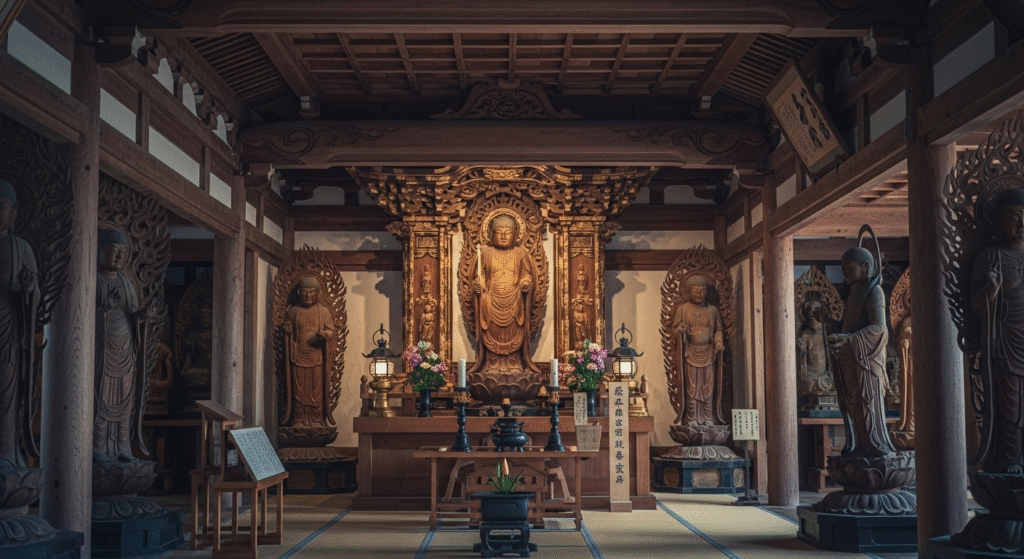
Nothing compares to standing in front of an actual statue in a temple. The atmosphere — incense, chanting, quiet — brings the statue to life in a way photos cannot.
2. Explore Museums and Art Exhibits
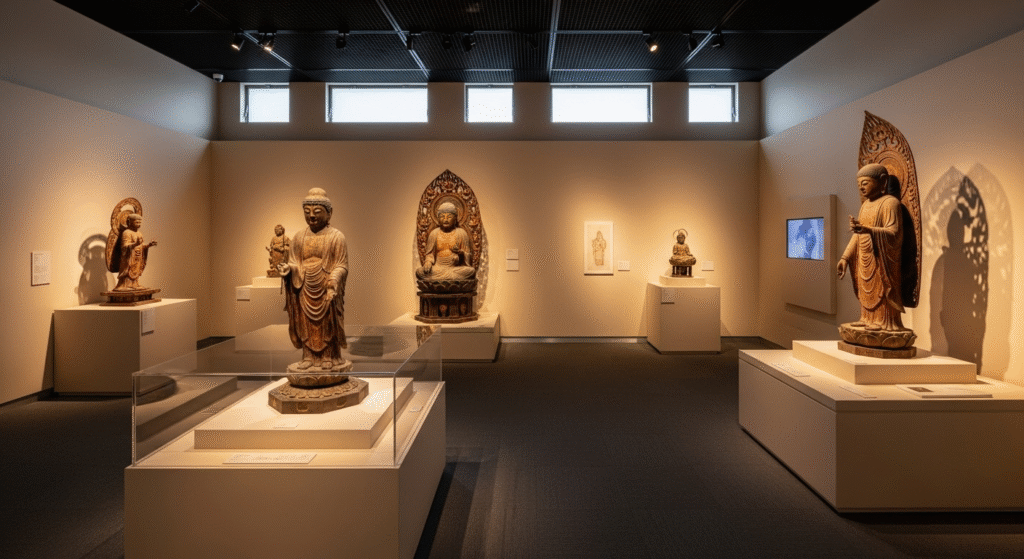
Museums allow close, detailed views of statues, often with lighting and explanations to guide you. It’s a great way for beginners to dive into the beauty of Buddhist art.
3. Sketch or Photograph Statues
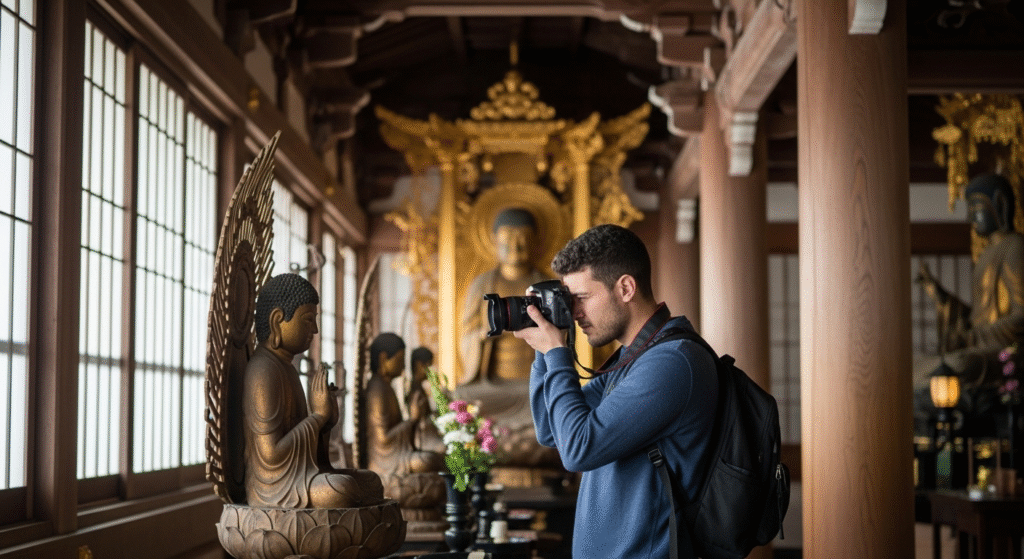
Sketching or photographing your favorite statues helps you notice details you might otherwise miss. It’s also a great way to reflect on what moved you.
4. Join Guided Tours or Lectures
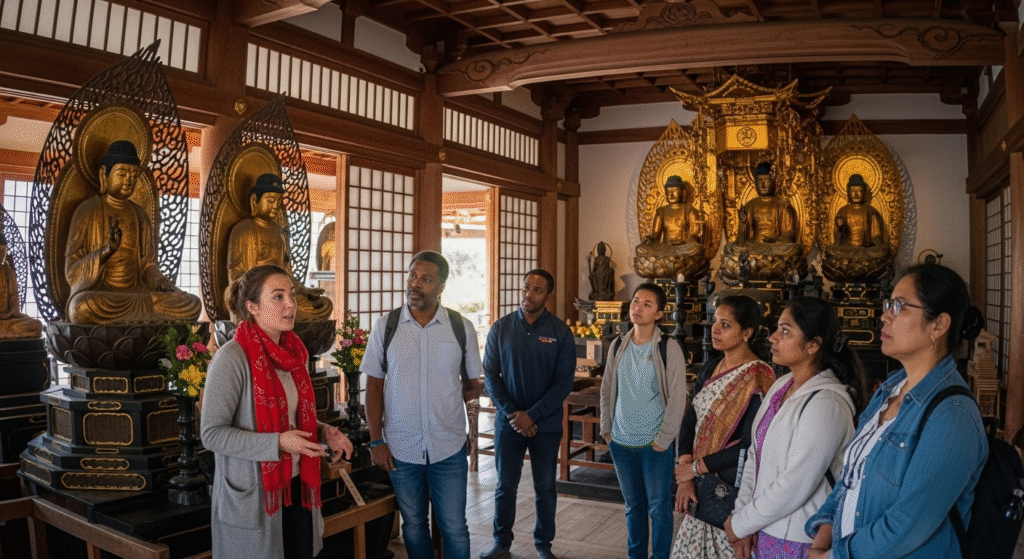
Expert-guided temple tours or art lectures can deepen your understanding quickly. You’ll learn about the artist, the history, and the symbolism — all in context.
5. Read Books or Catalogs on Buddhist Art
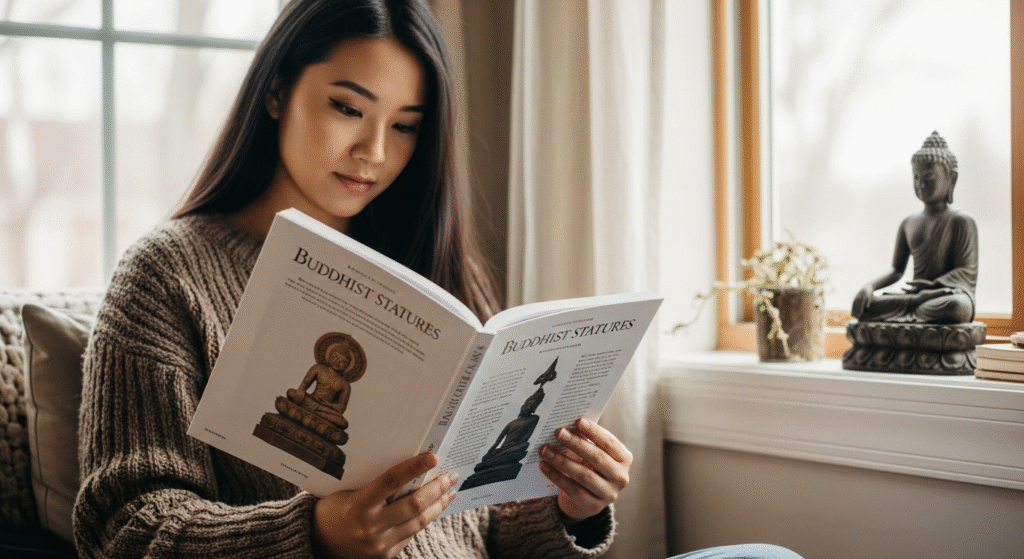
There are many excellent books for all levels — from beginner-friendly overviews to scholarly deep-dives. Reading allows you to appreciate the nuances in what you’re seeing.
6. Choose a “Favorite Buddha” and Go on a Pilgrimage
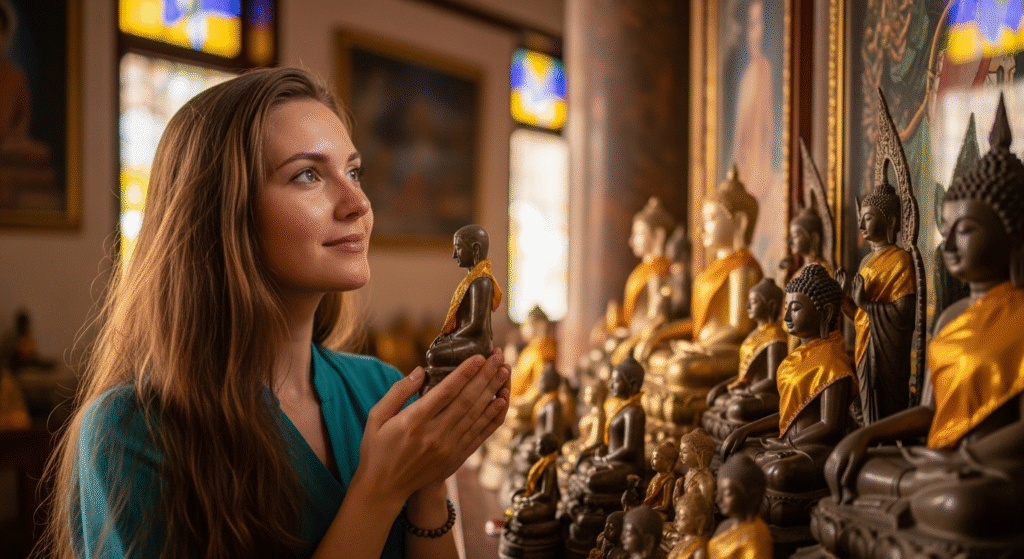
Find a statue or deity that resonates with you and explore places where it’s enshrined. Having a “favorite” adds a personal element that makes every visit more meaningful.
7. Meditate in Front of a Statue
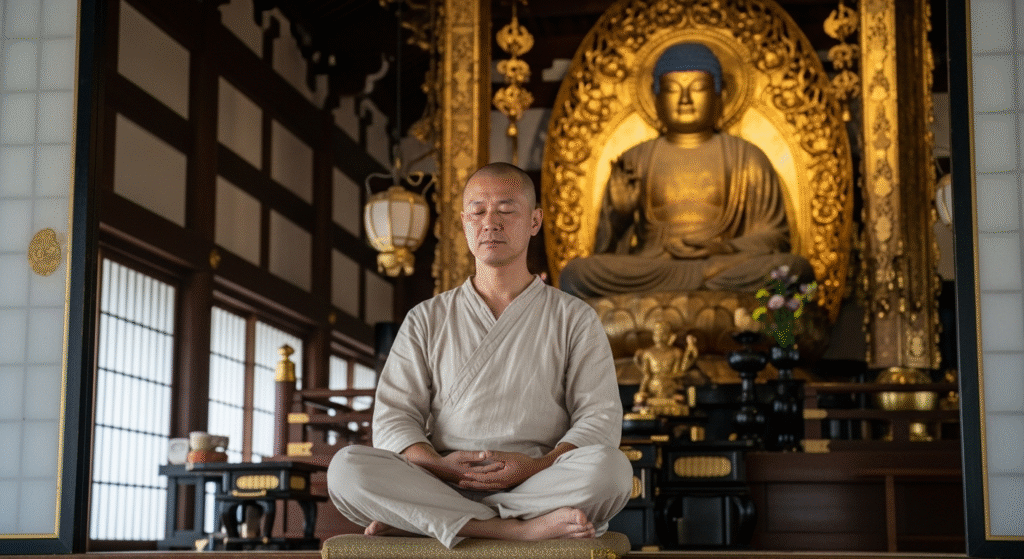
Simply sitting quietly in front of a statue and focusing on your breath can be deeply refreshing. The statue becomes a spiritual companion in your meditation.
Tips for a More Meaningful Temple Visit
Dress Modestly and Follow Etiquette
Temples are sacred places. Wearing respectful clothing and observing local customs shows appreciation — and helps create a peaceful atmosphere for all visitors.
Respect Photography Rules
Many sacred spaces prohibit photography. When in doubt, ask or observe signs. Sometimes, the best moments are meant to be remembered with your heart.
Consider the Time and Season of Your Visit
Early morning light, autumn colors, or snowy winter settings can change how a statue feels. Visiting in different seasons or times of day adds new dimensions to your experience.
Conclusion: Let Buddhist Statues Enrich Your Life
Find the Style That Speaks to You
Whether you’re drawn to them for their artistry, spirituality, or history, Buddhist statues offer something for everyone. Start with what touches you most.
A Journey That Calms and Inspires
Exploring Buddhist statues isn’t just about looking — it’s about feeling. The more you learn, the more rewarding it becomes. Let these sacred forms bring peace and meaning to your journey.


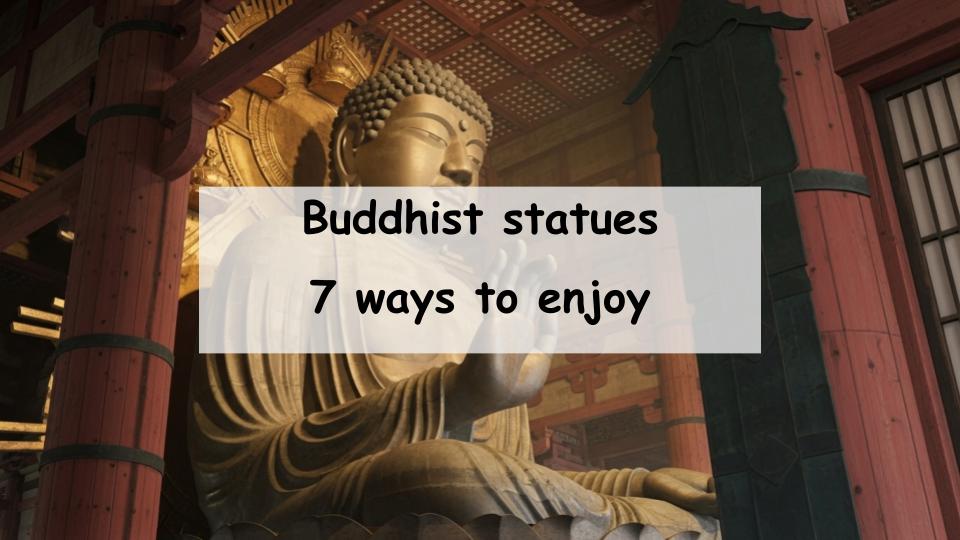





Comment